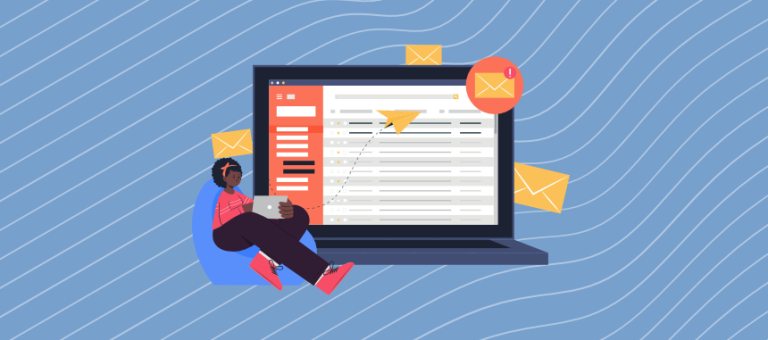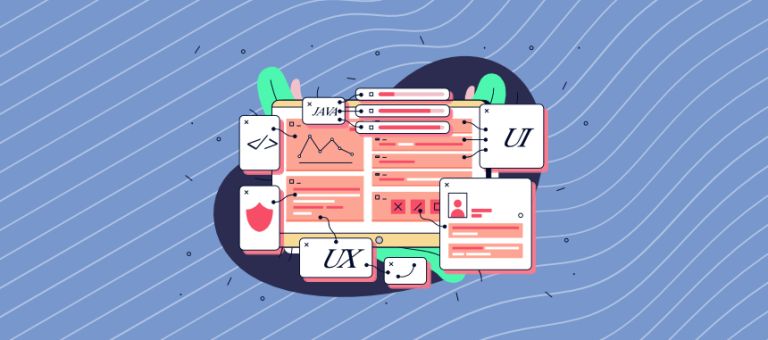Anonymous and confidential surveys are tools for collecting feedback whilst protecting respondent privacy.
They can go a long way in encouraging open and honest responses, which are essential to any research.
But, what’s the difference between them?
Anonymous vs confidential surveys
These surveys both aim to protect the privacy of participants, but they do so in different ways.
Anonymous surveys don’t collect information that identifies respondents. Confidential surveys can collect personal data, but there are restrictions on who can access results.
These surveys aim to build trust and good faith with survey respondents.
Let’s get into the nitty-gritty of these two survey types below.
Anonymous surveys
An anonymous survey is one in which the questions do not, in any way, reveal a respondent’s identity. Which is to say, you don’t collect an personal information from them.
They’re perfect in situations where you’re asking for sensitive information, as the anonymity encourages people to provide honest feedback.
The advantage of anonymous surveys is that they may increase response rates, as people may feel more comfortable responding.
Conducting this type of survey doesn’t mean you can’t ask demographic questions. As long as you can’t identify a person based on their response, your survey is still anonymous.
Confidential surveys
Confidential surveys are where first-party data is collected, but is kept private. The survey administrator protects the identity of respondents and only uses that data for research or statistical analysis.
These are common in workplace settings, e.g. employee engagement surveys, where knowing who provided the feedback is essential to interpreting results.
This doesn’t just apply to names and email addresses, as in these instances something as innocuous as a job title can identify respondents.
How to create an anonymous survey
Creating an anonymous survey is fairly straightforward, all you need to do is avoid asking any questions that reveal a respondent’s identity.
If you’re using an online survey tool, you may also need to disable any features that track any personal information.
By default, all surveys created with Shout are completely anonymous. We don’t use cookies, collect IP addresses, or track respondents unnecessarily.
To help assure your respondents of this, it’s best practice to include an introduction or disclaimer that states all survey responses are anonymous.
Can you track responses whilst keeping a survey anonymous?
With Shout this is entirely possible.
Our Pseudonymization feature allows you to separate personally identifiable information from any other response data in your survey results.
This means that you can send a survey to an email list, and track who has and hasn’t responded, whilst ensuring that survey data isn’t linked to any particular contact.
You can also set a minimum response quota, that restricts access to your results until that quota has been met. Meaning, the first respondents can’t be identified simply because they’re the only ones to have responded.
How to create a confidential survey
Confidential surveys are set up as any other survey would be, but the results are restricted to a select group of people.
There must be strict guidelines in place for who can access personal data.
Let’s use employee engagement surveys as an example to show why this is important. There may be cases where managers read employee responses and attempt to identify who wrote them.
Whilst this may be with the best intentions, it violates the trust those employees have put in you.
An impartial researcher should use the data to identify patterns and trends, then report on these findings to managers and senior staff.
Wrapping up
The difference between anonymous and confidential surveys is that only confidential surveys collect personal data. But they both strive to protect the anonymity of respondents.
In doing so, they encourage honest feedback and enable you to make data-driven decisions.




